- Write by:
-
Saturday, September 16, 2023 - 22:46:51
-
150 Visit
-
Print
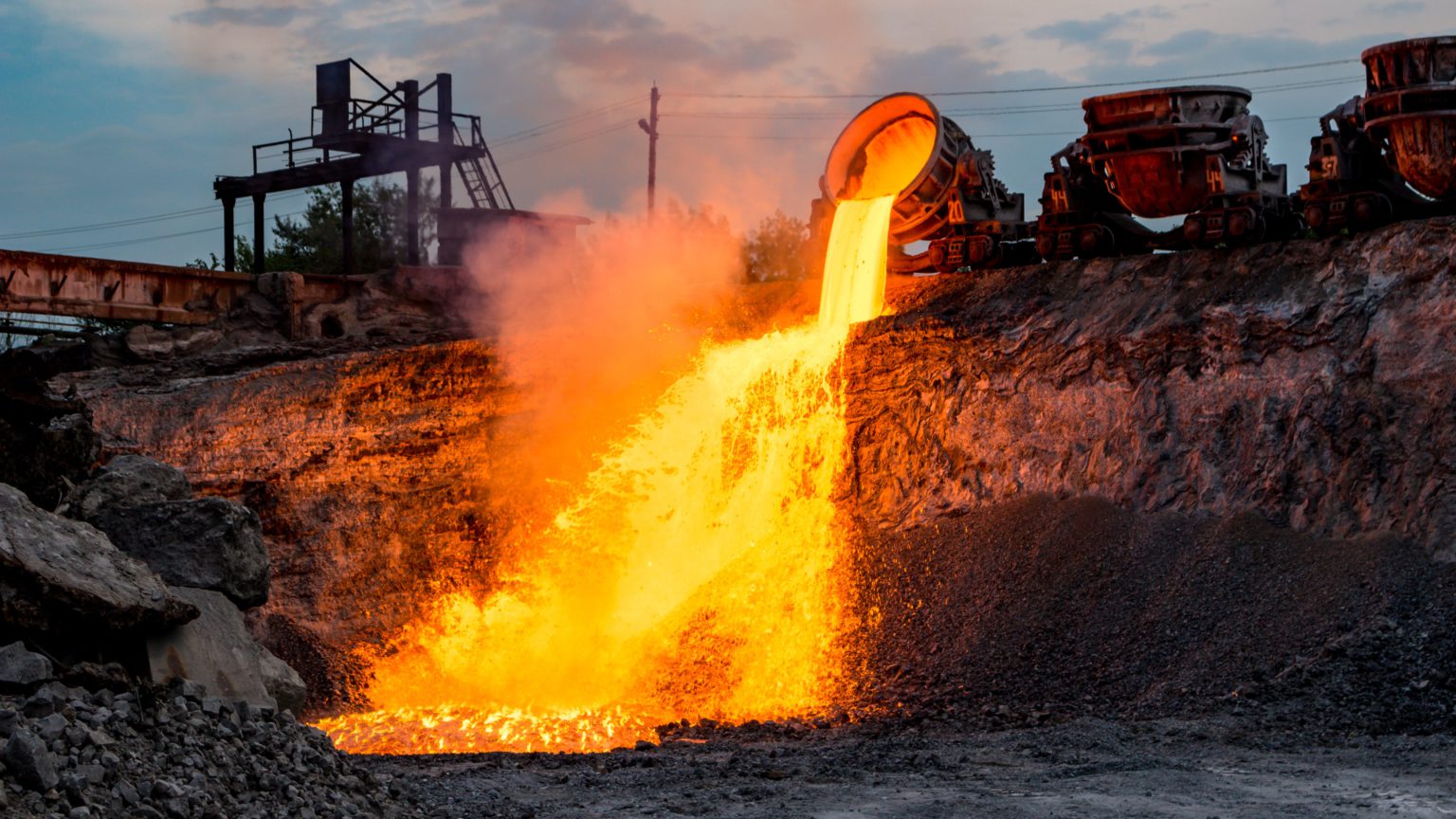
Mining News Pro - The spot price of iron ore has climbed to a five-month high amid improving sentiment and some supportive fundamentals in China, the world’s top buyer of the steel raw material.
However, there are also some factors that may limit the extent of the rally in coming weeks, such as the likely official moves to ensure steel production this year doesn’t exceed that of last year.
Iron ore futures traded in Singapore ended at $121.13 a metric ton on Wednesday, the highest since April 11 and up 17.4% from the recent low of $103.21 on Aug. 3.
Domestic contracts traded on the Dalian Commodity Exchange ended at 856.50 yuan ($117.74) a metric ton on Thursday, the highest since July 2021 and up 46% from the closing low so far in 2023 of 587.50 yuan on May 25.
The rally has been driven by some signs that China’s beleaguered property sector may be starting to turn around, with new bank loans surging in August to 1.36 trillion yuan, nearly quadrupling from July’s 345.9 billion yuan.
This is being viewed as a sign that confidence is returning to the property sector, which had been hard hit by a series of liquidity issues affecting major developers.
It’s not just sentiment that is boosting iron ore, with prices receiving a boost from robust import volumes and signs that steel mills will have to buy more in order to build inventories.
China, which buys about 70% of global seaborne iron ore, imported 106.42 million metric tons in August, the most since October 2020, according to customs data.
For the first eight months of the year, imports were 775.66 million metric tons, up 7.4% on the same period in 2022.
It’s likely that China’s imports will continue to show strength in September, with commodity analysts Kpler estimating arrivals of 100.53 million metric tons, a figure likely to be revised higher by the end of the month as more cargoes are assessed.
It’s also likely that imports are rising partly because of the pull-forward effect of the upcoming week-long national day holidays at the end of September and the first week of October.
But it’s also the case that port inventories are low for this time of year, encouraging traders and steel mills to seek more cargoes.
Port inventories monitored by SteelHome dropped to 115.9 million metric tons in the week to Sept. 8, a three-year low and below the 142.1 million in the same week last year.
The need to rebuild stockpiles and nascent signs of a recovery in the property sector do support the recent rally in iron ore prices.
Steel output ceiling?
But there are some factors that could act as a cap on the gains, such as expectations that steel mills will be forced to limit output in the coming months, to limit both winter pollution and keep to an unofficial policy that steel output should not grow this year.
In the first seven months of the year China produced 626.51 million metric tons of steel, up 2.5% from the same period last year, according to official data.
For the whole of 2022 production was 1.01 billion metric tons, meaning that for the last five months of this year mills can only produce around 383.49 million.
This works out at around 76.7 million metric tons a month, which is well below the 90.8 million produced in July.
It’s possible that Beijing may allow overall production to rise in 2023 as part of efforts to stimulate the economy.
However, if output continues at the same pace for the last five months of the year as it did for the first seven, it implies annual output of around 1.074 billion metric tons, an increase of 6.3% over last year.
Another factor for the iron ore market to ponder is official unhappiness at the rising price, with China’s state planner saying on Sept. 7 that it will crack down on what it calls regulatory violations.
In the past the authorities have taken actions to calm the market, by raising the cost of trading for example. However, these measures tend to have limited impact, especially if there is a fundamental reason driving supply and demand dynamics.
But traders may be wary of angering Beijing further by driving prices higher, suggesting caution may be warranted.
Short Link:
https://www.miningnews.ir/En/News/627383
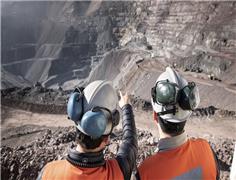
Anglo American Plc said it is has received an unsolicited non-binding combination proposal from BHP Group.
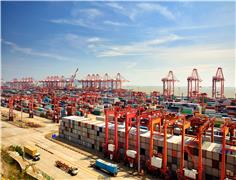
A key measure of Chinese copper demand just sank to zero, another indication that global prices are not balanced with ...
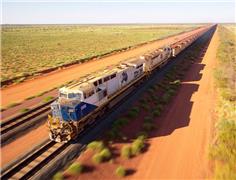
Australia’s Fortescue on Wednesday logged a larger-than-expected decline in third-quarter iron ore shipments, following ...
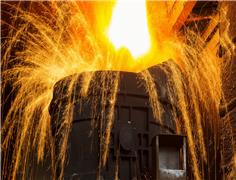
Iron ore futures prices ticked lower on Monday, weighed down by diminishing hopes of more stimulus in top consumer ...
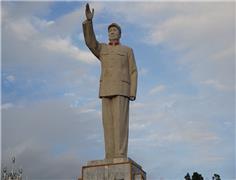
China’s state planner on Friday finalized a rule to set up a domestic coal production reserve system by 2027, aimed at ...

Chile’s SQM called another investors meeting at the request of its second-largest shareholder, Tianqi Lithium Corp., ...
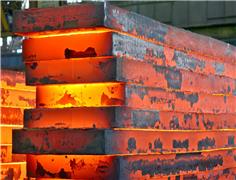
Iron ore futures prices drifted higher on Thursday as the latest soft data from top consumer China triggered renewed ...
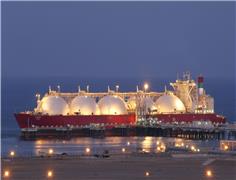
Vitol Group confirmed that it’s starting to rebuild a trading book for metals after a long stint out of the market, with ...
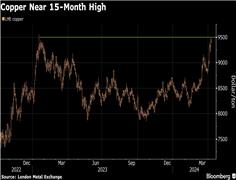
Copper traded near a 15-month high as supply concerns and brighter demand prospects triggered a slew of bullish calls on ...
No comments have been posted yet ...